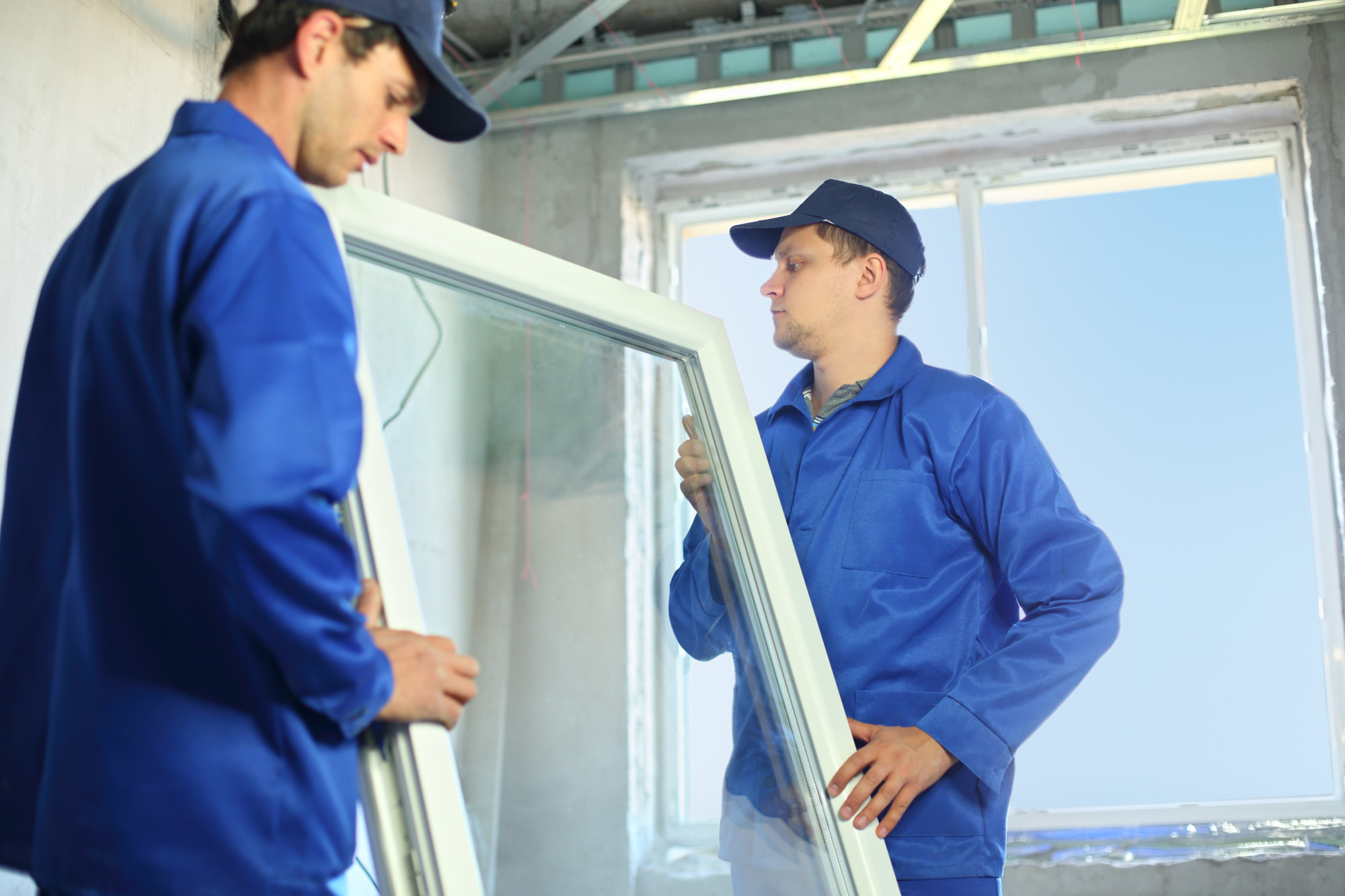
Windows have the least heat transfer resistance of all building components. For starters, untreated glass allows the sun’s heat to permeate the building interiors. At the same time, conditioned air from inside the building can pass through and exit window panes.
That’s why windows can account for about a quarter to a third of a building’s heat gains and heat losses.
Fortunately, some types of window glass panes are now more energy-efficient. They can insulate better, making them more resistant to heat transfer.
To that end, we created this guide detailing the common types of windows. Read on to discover what they are and their pros and cons to help you determine which one is best for your needs.
Table of Contents
Single-Pane Glass
Single pane windows consist of only one layer or sheet of glass. Because they use fewer materials, they’re also some of the most affordable options.
However, their single-pane construction also gives them low insulating values.
So, if you have such windows at home, you can expect them to allow the sun’s thermal energy to pass through. That energy, in turn, can spike up your indoor temperature. Moreover, cool air from your air conditioner can quickly exit bare, single-pane windows.
Such effects are more noticeable during summer, as the outdoor temperature goes up.
In the winter, the reverse occurs; single-pane windows let cold outdoor air enter your home. Conversely, some of the warm air from your space heater can go to waste as it leaves the glass panes.
So, before you buy single-pane windows because of their low price, think about their cons first. They might cost you more in energy bills in the long run.
Insulated Double-Pane Glass
If you’re looking for energy-efficient home replacement windows, go with double-pane windows. These provide more insulation from heat transfer. What’s more, they have the added benefit of dampening sound from the outdoors.
Double-pane residential windows consist of two layers of glass panes. The space between the sheets then houses insulating gas, such as argon, krypton, or a mix of the two. Argon is more common, as it’s cheaper than krypton, but the latter is much better at insulating.
Since double-pane windows resist heat better, they can help cut your energy bills. However, that still depends on where you live and the location of the windows themselves. Still, Energy Star double-pane window replacements can help you save at least $87 up to $126 a year.
Insulated Triple-Pane Glass
If you want even more energy-efficient multi-pane windows, consider the triple-pane kind. These multi-layered home windows utilize not one, not two, but three sheets of glass panes.
As such, triple-pane windows also have two separate spaces filled with insulating gas. That’s why they can offer even more insulating value than double-pane windows. Experts even say they can be twice as efficient as their double-pane counterparts.
However, triple-pane windows are among the most expensive of all your window options. After all, their creation requires more raw materials, such as wood, glass, and gas. Moreover, they take longer to make; as such, they also have more labor-related costs.
Low Emissivity (Low-E) Glass
Emissivity refers to how windows radiate the heat they absorb and allow to pass through. The more emissive a window is, the more heat it radiates throughout a space. A perfect example is a single-pane window without any covering or treatment.
On the other hand, low-E glass reflects heat with its thin and transparent surface coating. That surface reflects the heat energy to its source.
So, if the heat source is the sun, the low-E window reflects the heat outside. If the source is your space heater, though, the low-E glass should make it bounce back to your indoor space. In either case, this type of window glass can help reduce the costs of keeping your home cool.
What’s more, low-E glass can block ultraviolet radiation, too. It does that without darkening the glass, so it lets you enjoy natural light, but without the heat. That feature also helps protect fabrics and furniture from UV radiation damage.
Custom Glass
Would you like to install bespoke windows or those that aren’t standard in size or shape? If so, it’s best to search online for a “glass company near me” offering customization services. Such companies specialize in manufacturing glass products based on your preferred specifications.
For example, let’s say you want double-pane windows that also have decorative elements. You’d also like them to have some UV-protective elements, such as low-E features. Since you won’t usually find these pre-made, you can have them custom-designed instead.
Tempered Glass
Glass tables alone, researchers say, are behind more than two million injuries in the US each year. From skin lacerations to eye damage, broken glass table shards can cause all these and more. For that reason, experts recommend the use of tempered glass for glass table covers.
After all, tempered glass is a type of toughened glass that makes it stronger than regular glass. As such, it’s less susceptible to shattering, too, although it can still break. However, if it does break, it does so in granular chunks and not jagged shards.
For the same reasons, you’ll now find tempered glass used as window panes. So, go with toughened glass if you need a durable, more break-resistant option.
Invest in High-Quality Types of Window Glass
There you have it, your ultimate guide on the types of window glass every smart homeowner should know. Just keep in mind that single-pane windows cost the least to buy, but they’re also the least efficient. So, if you want efficient windows, go for multi-paned windows or those with low-E glass panes.
Did you find this guide informative and interesting? If so, then you’re sure to like our other educational blog posts!